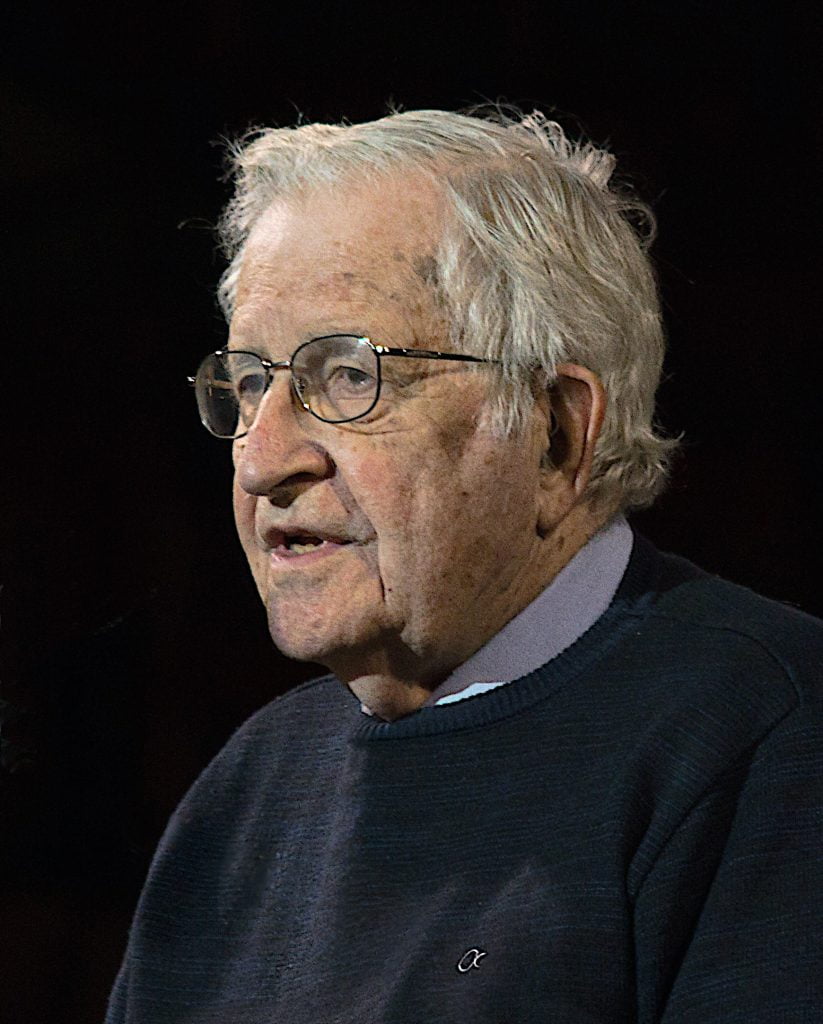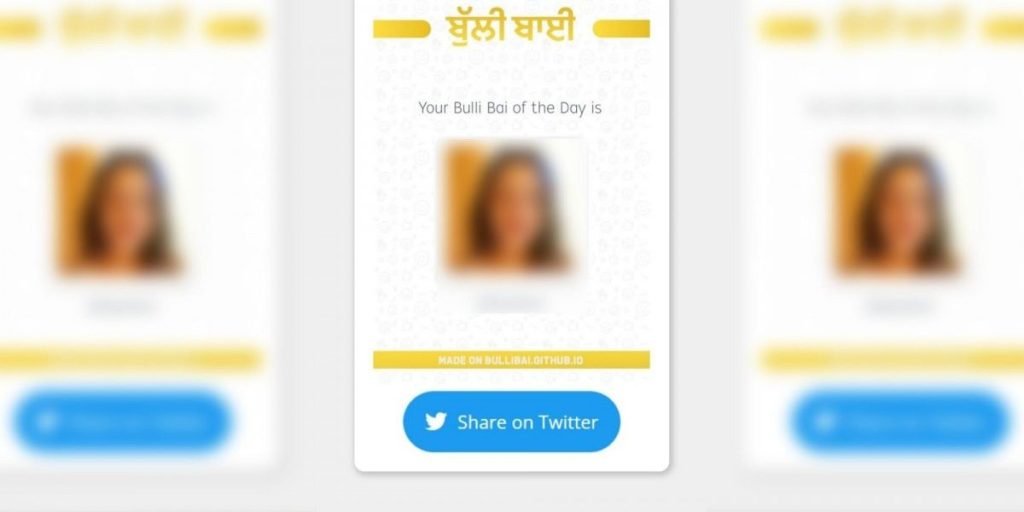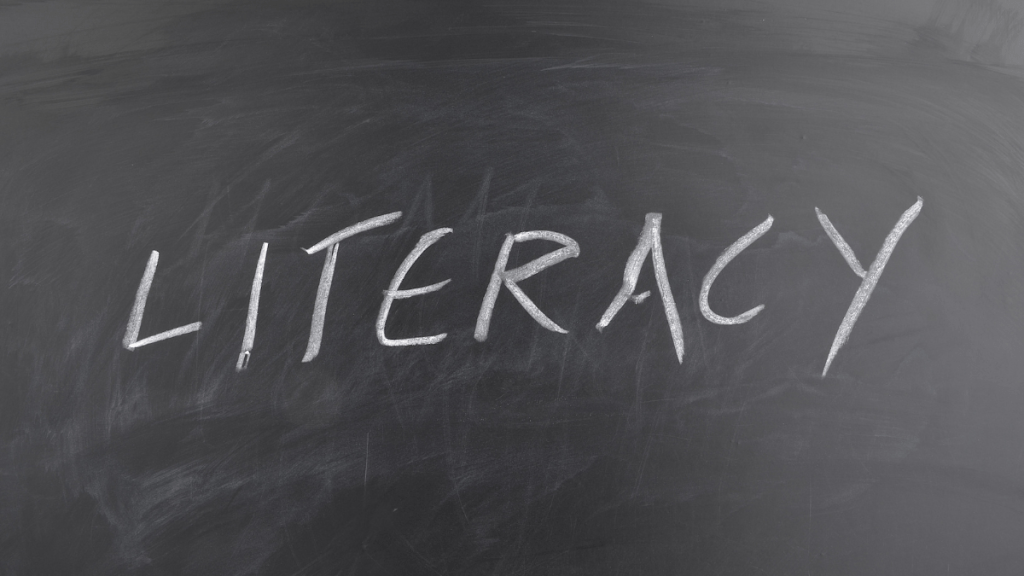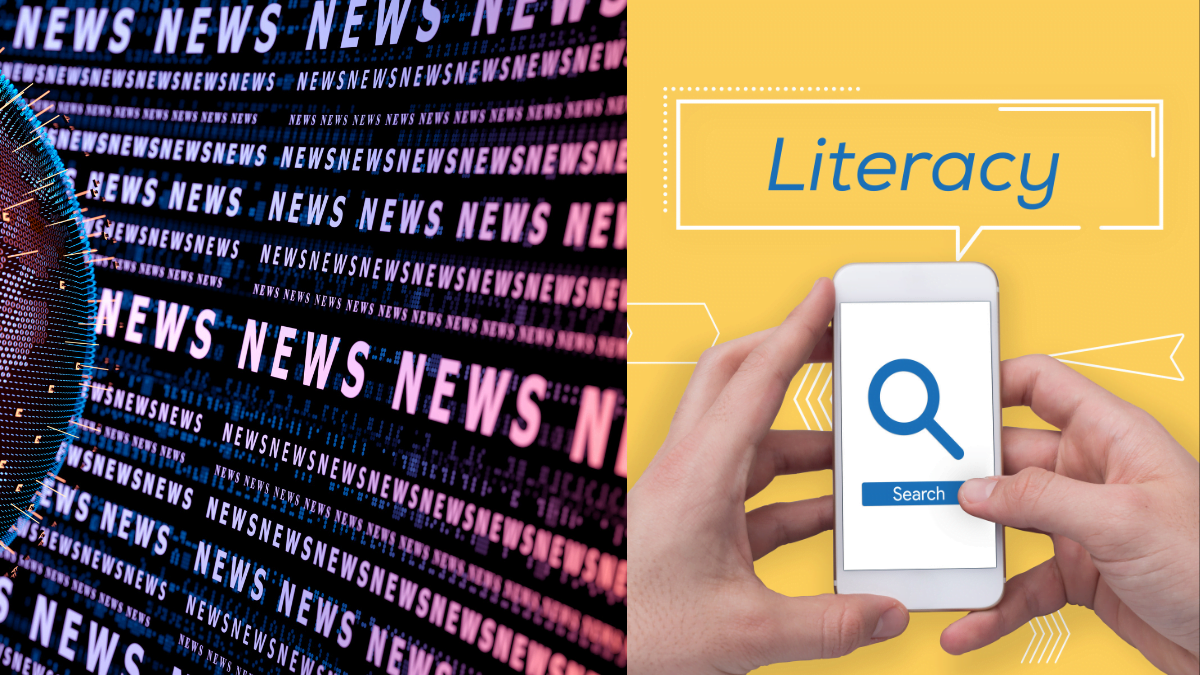With the excessive use of media especially social media, and with the growing usage of Artificial Intelligence in the form of generative content like text, audio, images, videos etc, there is a growing need for media literacy among people. More than 50 per cent of the population in India are users of the Internet and the number of users is expected to rise to 900 million by 2025.
Media literacy becomes an utmost necessity to combat misinformation, disinformation and fake news. The country is already facing threats and jeopardy through disinformation and misformation and has been ranked highest among the countries where the risk of misinformation and disinformation is on the rise according to the World Economic Forum’s Global Risk Report 2024.
While disinformation and misinformation, create an unsafe environment offline and on online ecosystems, women and other gender-diverse people are impacted exponentially. Women’s presence on social media is already volatile and risk-laden as the online ecosystem is inundated with fake news, deepfakes, fabricated photos and stories and manosphere, which inadvertently impact the safety of women online. An important factor in this context is that social media users often struggle to distinguish between fake and genuine content, which has implications for their real-life experiences.
Various media tools exacerbate at times the already jeopardised state of disinformation, be it mainstream broadcast media, or social media news.
Media, Poonam Panday, Noam Chomsky and misinformation and disinformation
A few weeks ago, the death rumour of celebrated and renowned linguist and media critic Noam Chomsky, ran havoc on social media as well as news media. Some X (formerly Twitter) spread the news of the Linguist’s death, and quickly many media organisations, national and international, carried the news. Hours later, the wife of the renowned Linguist announced that the media critic who questioned and critiqued the media was alive.

According to Common Dreams, a news outlet, “The New Statesman ran—and subsequently deleted—a Chomsky obituary Tuesday following rumors of the 95-year-old’s passing. Other outlets including Jacobin kept or tweaked Chomsky obits, with telltale signs like the word “obituary” in their URLs belying their inaccuracy.”
It is baffling to witness the big media conglomerates spreading bogus and unverified news about renowned Theorist, and jumping the gun to report and generate obituaries. But this is the not first time that media which the masses look up to and consider the only authentic sources of information, carried propagandist and inaccurate news. Various incidents and news breaking from the Gaza genocide were carried out by Indian and international news media platforms without critically analysing, authenticating the claims, and cross-checking. The news of the beading of babies by Hamas was one such news that Indian media as well as international media carried. Prime Time shows were dedicated to this false news which the White House as well as IDF retracted later.
India Today, and various other news corporations with millions of dollars and resources, still carry the news of Poonam Panday’s fake Death. Poonam Pandey dies at 32 due to cervical cancer reports India Today. The big media giants could spend some capital on fact-checking, analysing and researching whether the ‘news,’ received is authentic.
The issue at hand is not whether Poonam intentionally faked her death or performed a stunt to raise awareness about HPV and cervical cancer. The crux of the matter is that the news was disseminated and propagated to the general public as a reliable and verified source of information without confirming its origin. Such false news creates a state and public that is more susceptible to misinformation and disinformation harming the already deteriorated ecosystem of information dissemination.
Marginalised genders and disinformation
Marginalised genders like women and queer people face more onslaught of disinformation and fake information related to their careers, identities and their expression, particularly when these women are from the minority castes and religions. Bulli Bai apps and Sulli Bai deals are two examples where Muslim women were targeted through a fake auction online, taking away their dignity and questioning their credibility as professionals. The sole aim of these apps was to threaten and in a way take ‘revenge,’ on Muslim women who chose to speak out about issues related to their community. Creating such apps creates a space of hatred and unsafety for minority genders and religions as well as promotes an environment of disinformation.

Many Dalit women journalists particularly from the independent media owned by Dalit women are targeted because of their gender and caste. Khabar Lahariya is one such significant and relentless independent news organisation owned and sustained by Dalit women. In a documentary called ‘Writing With Fire,’ the crew and reporters mention how they are regularly and often targeted based on their gender and caste.
Oftentimes, many hardcore right-wing news portals target Muslim women professionals especially in media through fake news and disinformation. Often the news or articles they publish are factually incorrect and just promote an already unsafe environment of disinformation. Take for instance Op India, the portal is an opinion-based, Islamophobic and right-wing online media portal that time and again tarnishes and discredits the voice of Muslims, particularly Muslim women. The portal has at least hundreds of articles on Rana Ayub, lacking in factual accuracy and objectivity. The same media outlet is now being sued by one of the Muslim journalists, Meer Faisal for defamation.
Similarly, queer persons encounter significant amounts of hatred, along with the dissemination of factually inaccurate information and derogatory comments about them, when they engage with social media and the internet. Tragically, this has resulted in some of them losing their lives. Priyanshu Yadav, a queer teen of class 10th, died by suicide after facing a barrage of hateful comments, trolls etc against them. Alas, the trolling didn’t even cease after their death.
According to a 2023 social media safety index conducted by the American LGBTQ advocacy organisation GLAAD, major social media platforms like Facebook, Instagram, TikTok, YouTube, and Twitter, are still failing to protect LGBTQ users from online hate speech. Gender-insensitive and desensitised information available on the internet and through mass media can often create a state of panic and insecurity among queer individuals. Meta and other social media giants should take measures to create a safer environment for queer individuals and everyone else. And so do the broadcast media and print media. Media needs to be sensitised towards queer community and other minorities to ensure authentic portrayal as well as authentic information.
Why is there a need for media literacy now more than ever before
The World Economic Forum’s Global Risk Report 2024 considers India as the epicentre of misinformation and disinformation. The report also briefly notes the detrimental impact that such circumstances have on the electoral processes and elections. In the present state of affairs, the importance of media literacy is greater than ever. It is crucial and undeniable to engage in the analysis, fact-checking, and verification of media reports, as well as to scrutinise their origins and validity.

According to NPR, “Sam Wineburg, a professor of education and history at Stanford and the lead author of the study, said a solution is for all readers to read like fact checkers.”
A commoner can also authenticate and verify if the news information is fake or not as Professor Wineberg claims. According to the report by NPR, one can verify the authenticity of the news by checking whether the domain and URL belong to any news organisation or portal as all legitimate news organisations have their domains. For instance, the legitimate website for Feminism In India is feminisminindia.com, however, a website like feminisminindias.com would not be genuine. How can you authenticate whether this is the correct domain? Visit the website for further clarification. Furthermore, examining the “about us” section to ascertain the ownership of the domain and verify its accuracy can also help.
Additionally, one might examine the quotations that are provided. Are these statements verbatim? If they are not exact quotes, please confirm the source of the statements. Ensure that the sources originate from recognised and reliable news sources and organisations. Furthermore, the accuracy of a news article can be verified by corroborating it with other sources that have also covered the same subject matter. It is imperative to consistently seek out the origin of news articles, videos, or images.
As the country is plunging into the dark abyss of misinformation and disinformation, it becomes immensely important to verify the news and any other sources of information. The masses do not have to depend on the mass media to tell us what is correct and what is fake, they can do their fact-checking and verification. That is what media literacy is all about. As big as a country like India, with millions of users of Internet particularly Whatsapp, it becomes the responsibility of each individual to verify the news and information, to take a pause before forwarding it and propagating disinformation.
Apart from the masses, the onus of sharing verified news lies in the hands of media organisations. With millions of dollars and resources, it is only pertinent for them to share and disseminate verified news. Moreover, the government and policymakers can also make certain policies and laws to curb the growing risk of disinformation in the country.
The policymakers and government can also ensure that media literacy is taught to students from a young age in schools and institutions and initiatives to have media literacy programs in rural areas where the use of the internet is also increasing. These are some of the basic and reliable ways a country can rid itself of disinformation and become a hotspot for more informed and media-literate masses.
About the author(s)
Shahinda is a multimedia journalist with an experience of more than five years. She has an interest in covering politics, gender, conflict, and gender-based violence/crime. In addition, she has experience in reporting, photography and documentary filmmaking. She has done her Masters in Mass Communication from AJK MCRC Jamia Millia Islamia, New Delhi.





